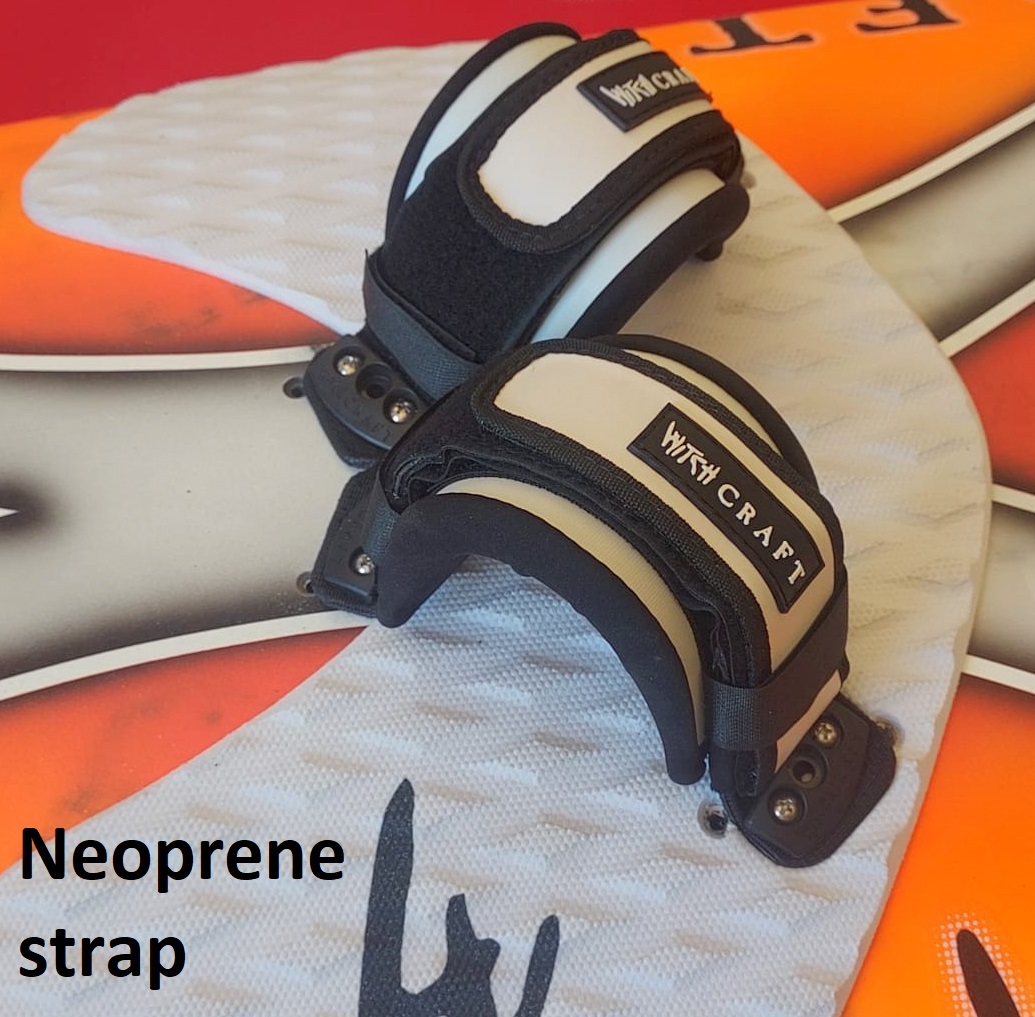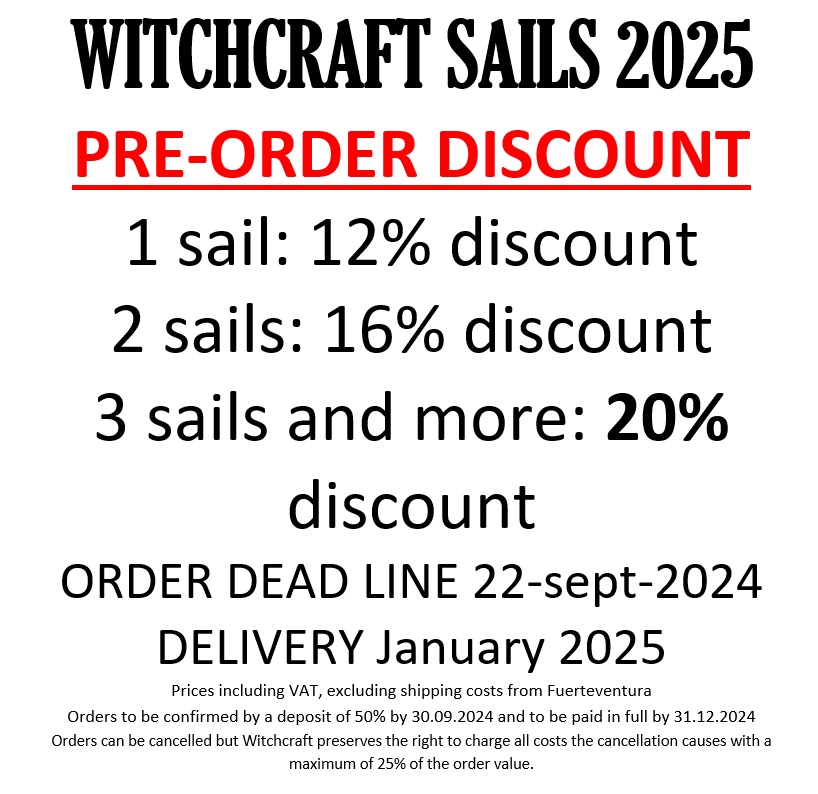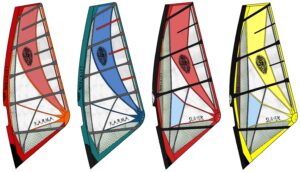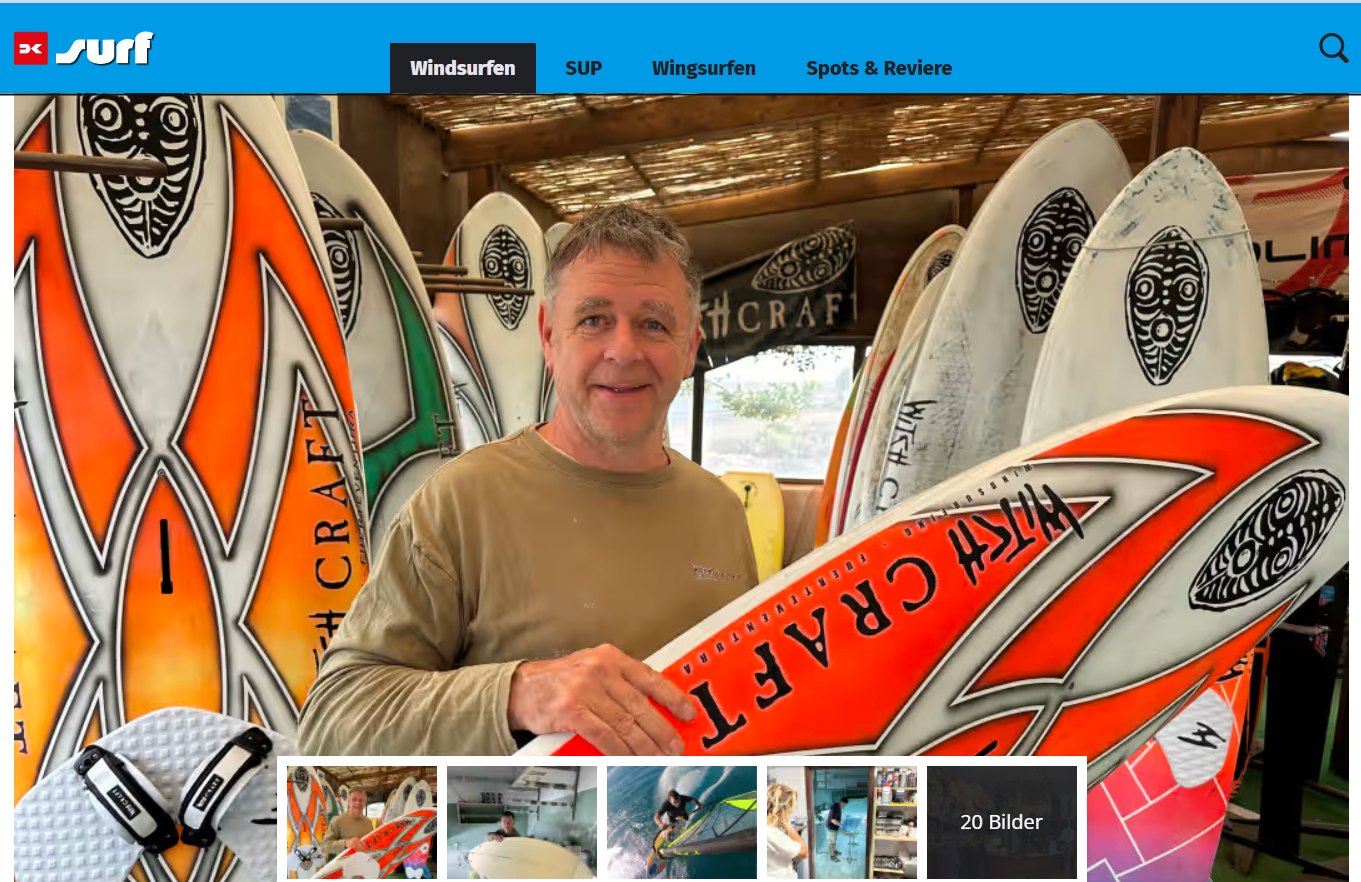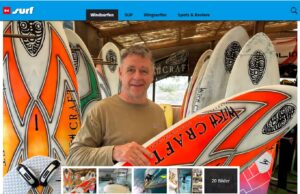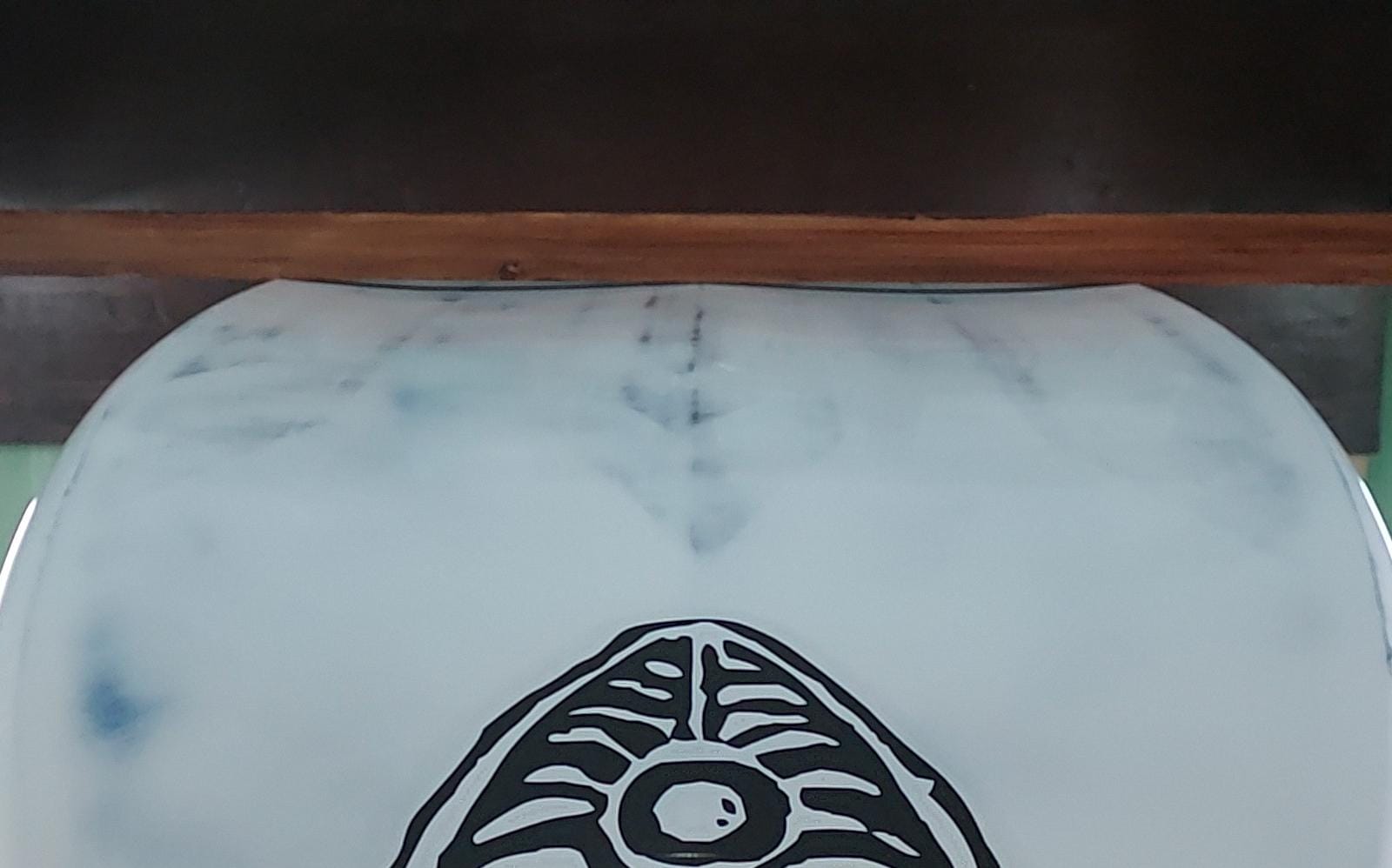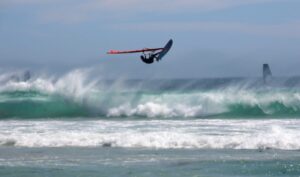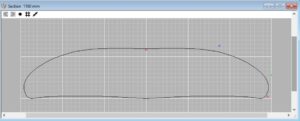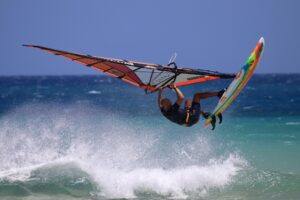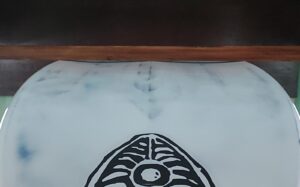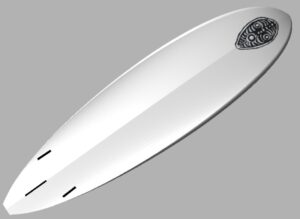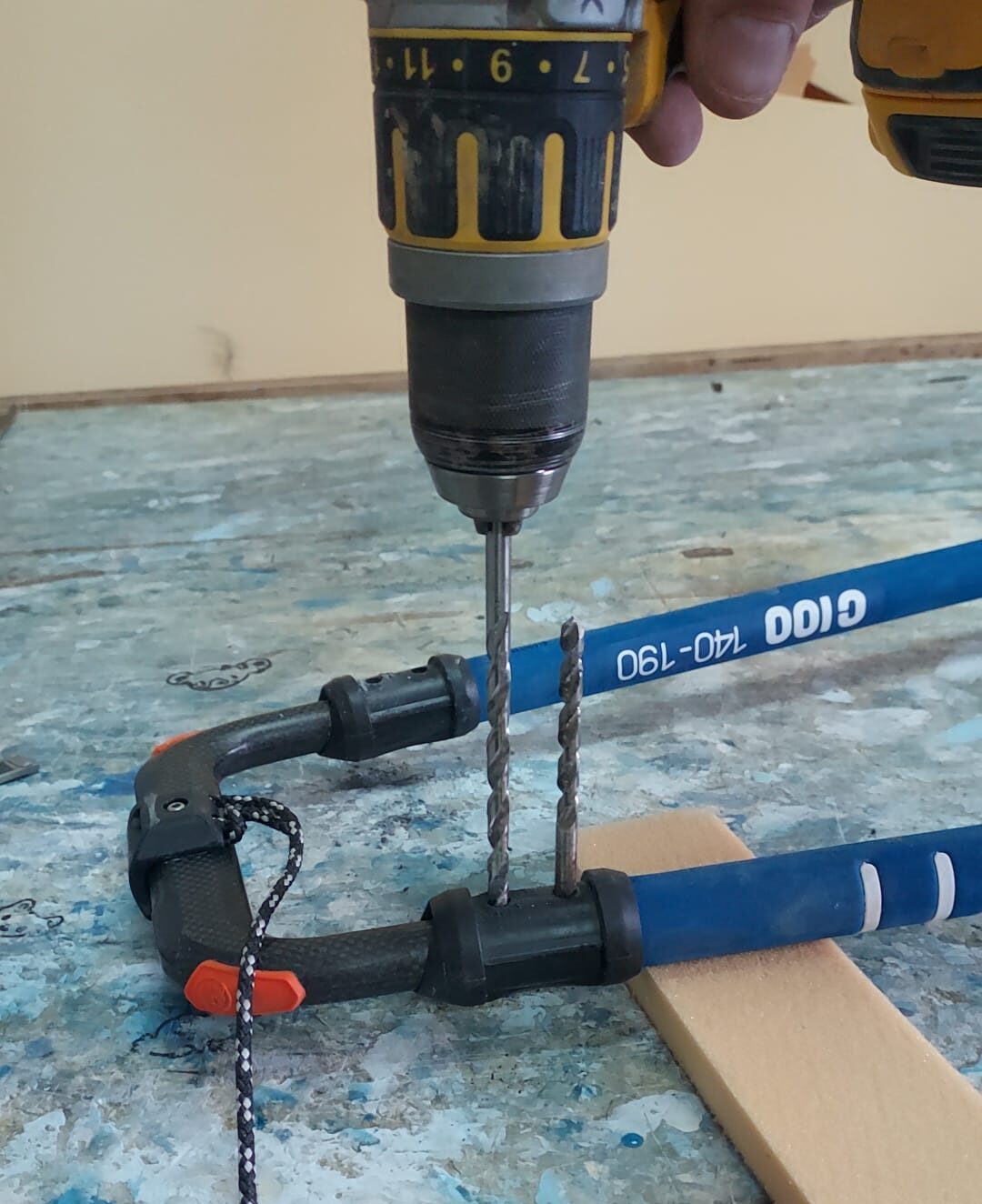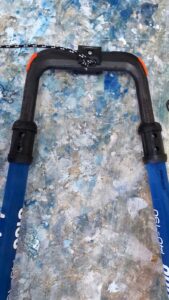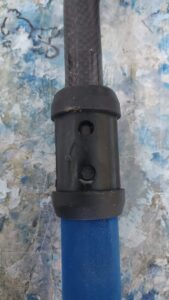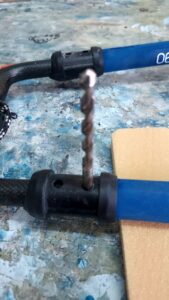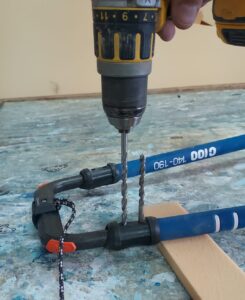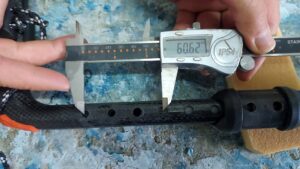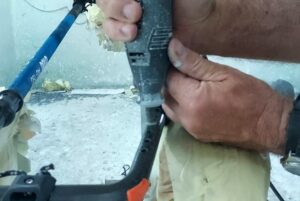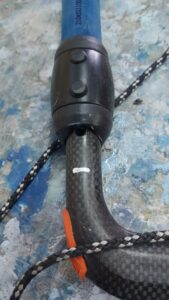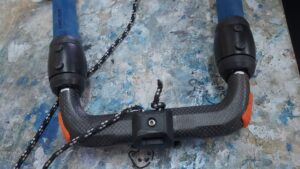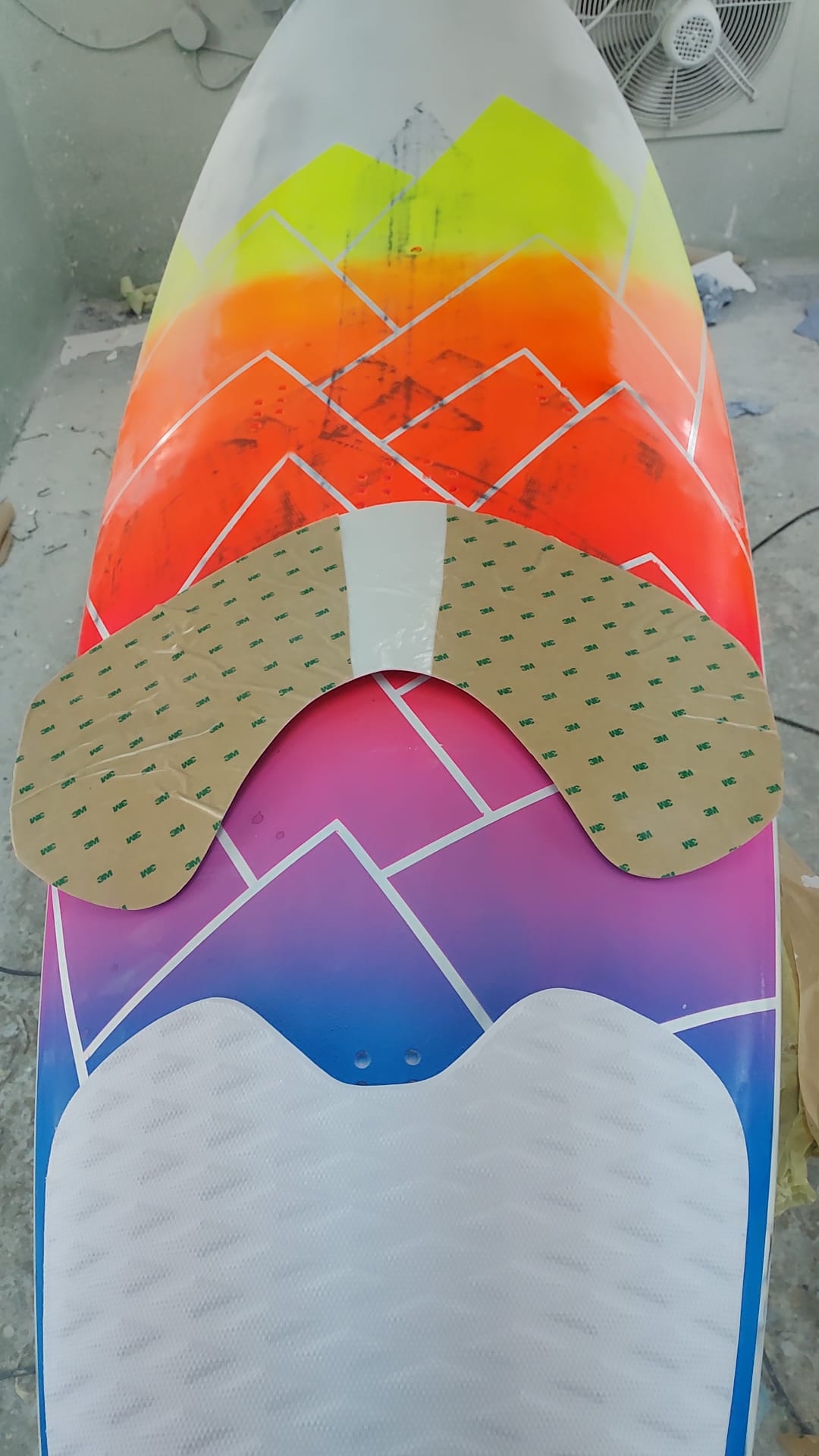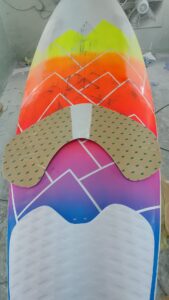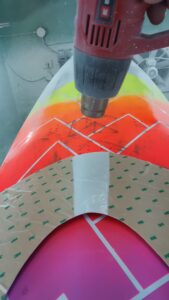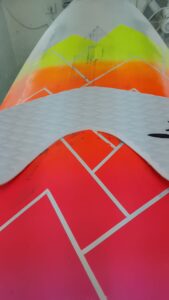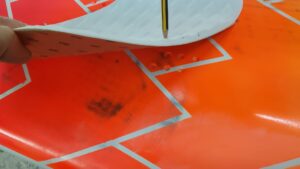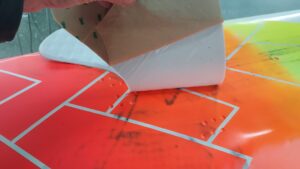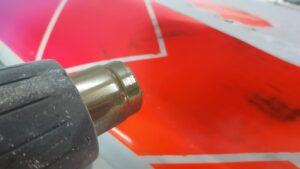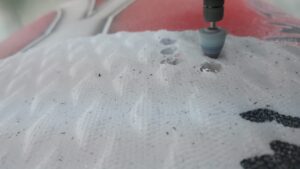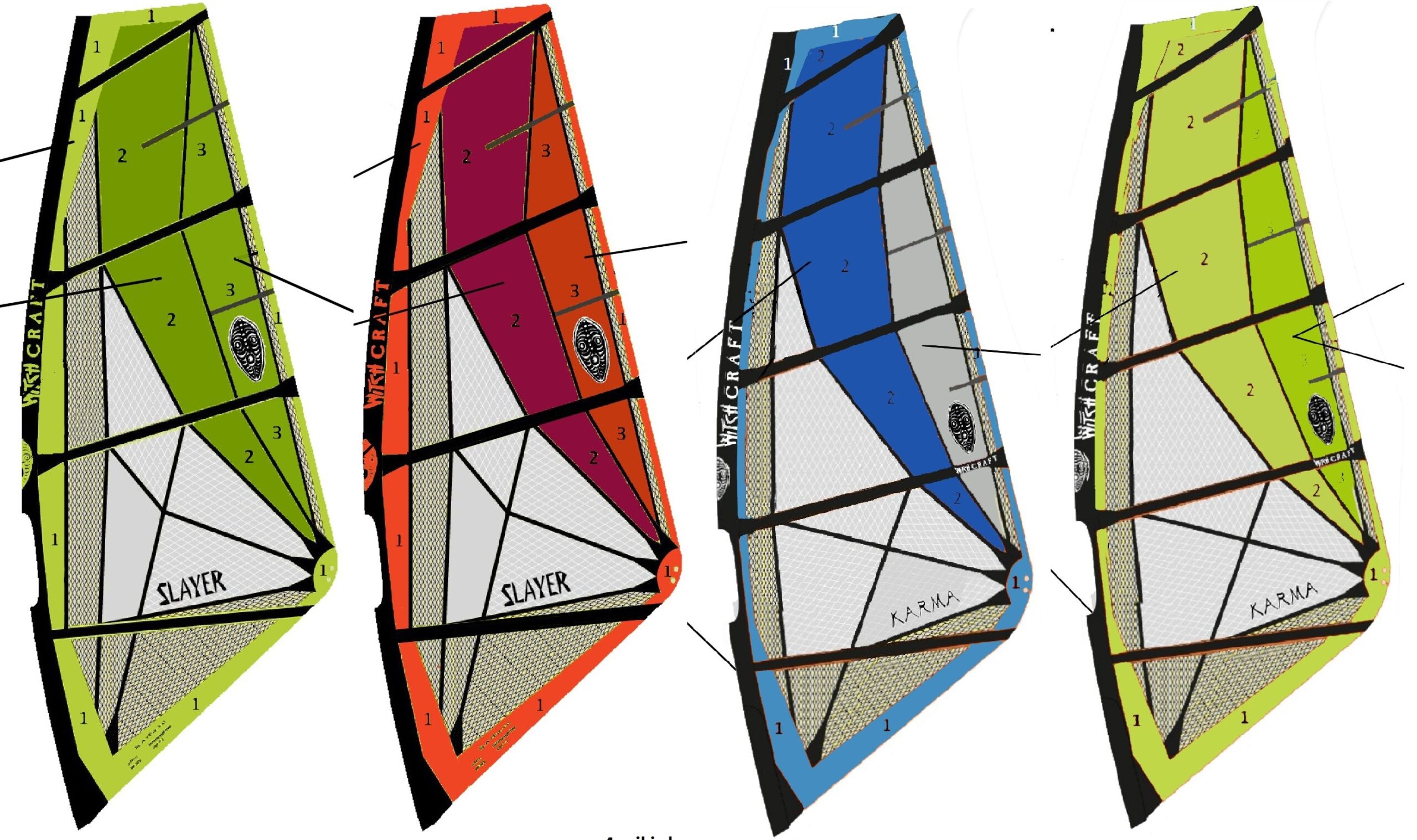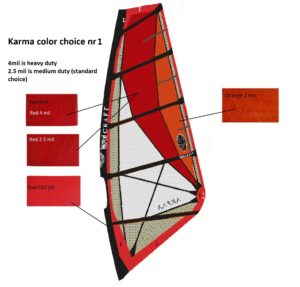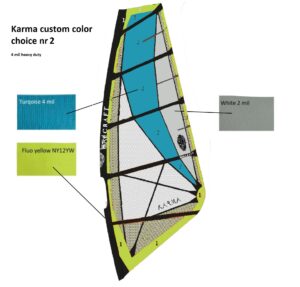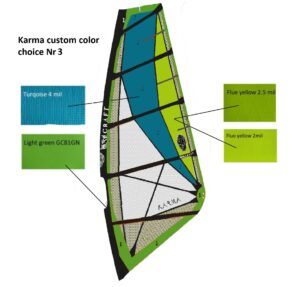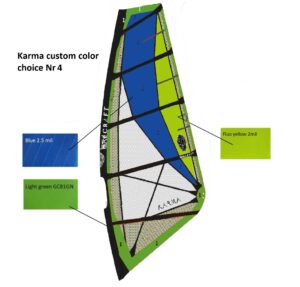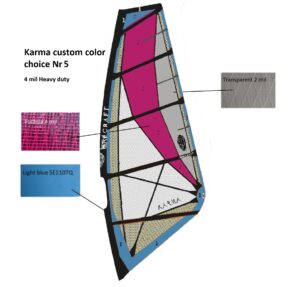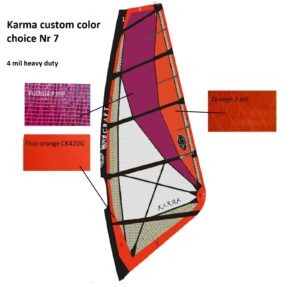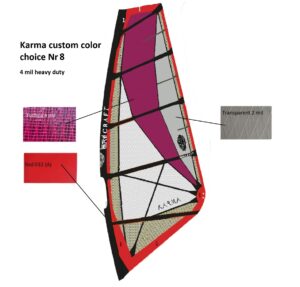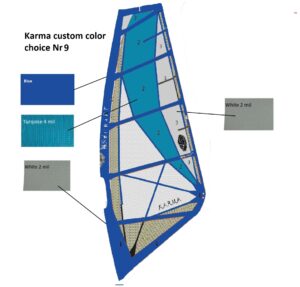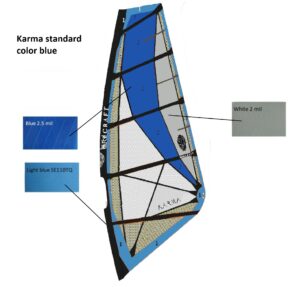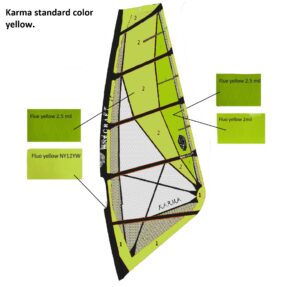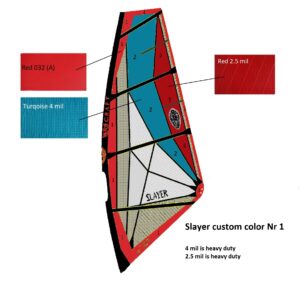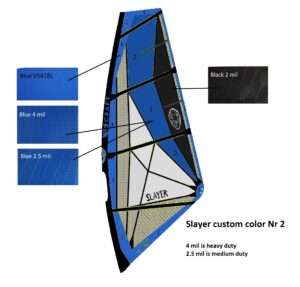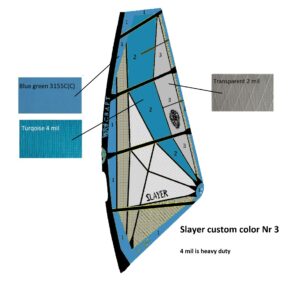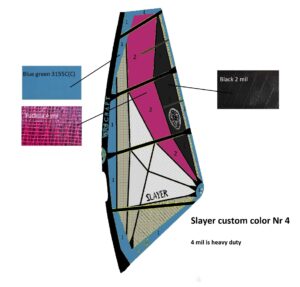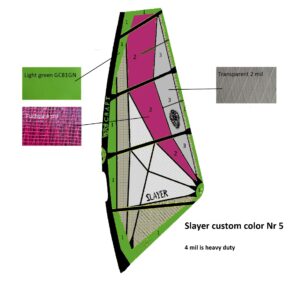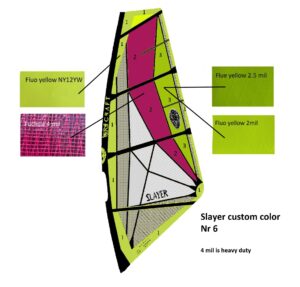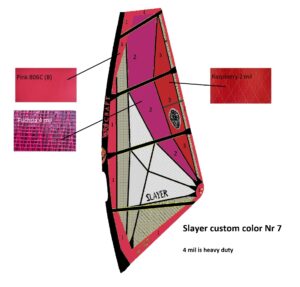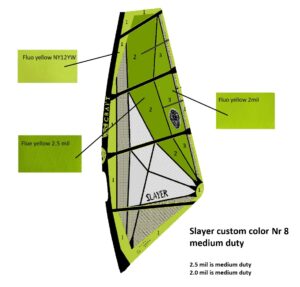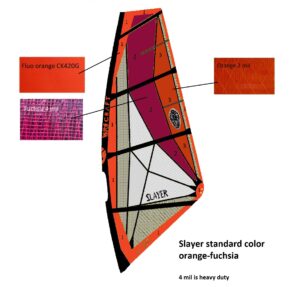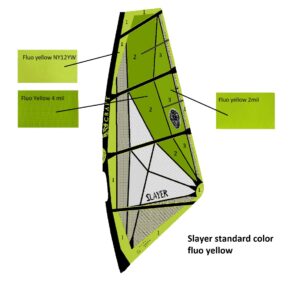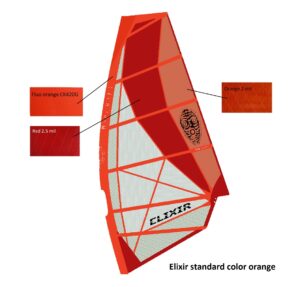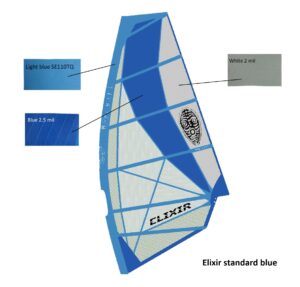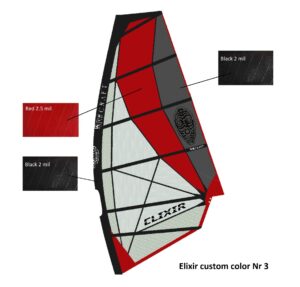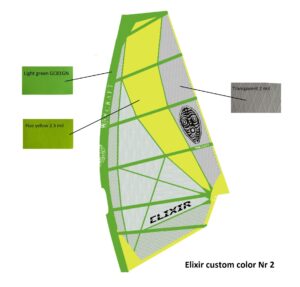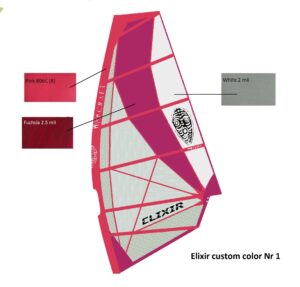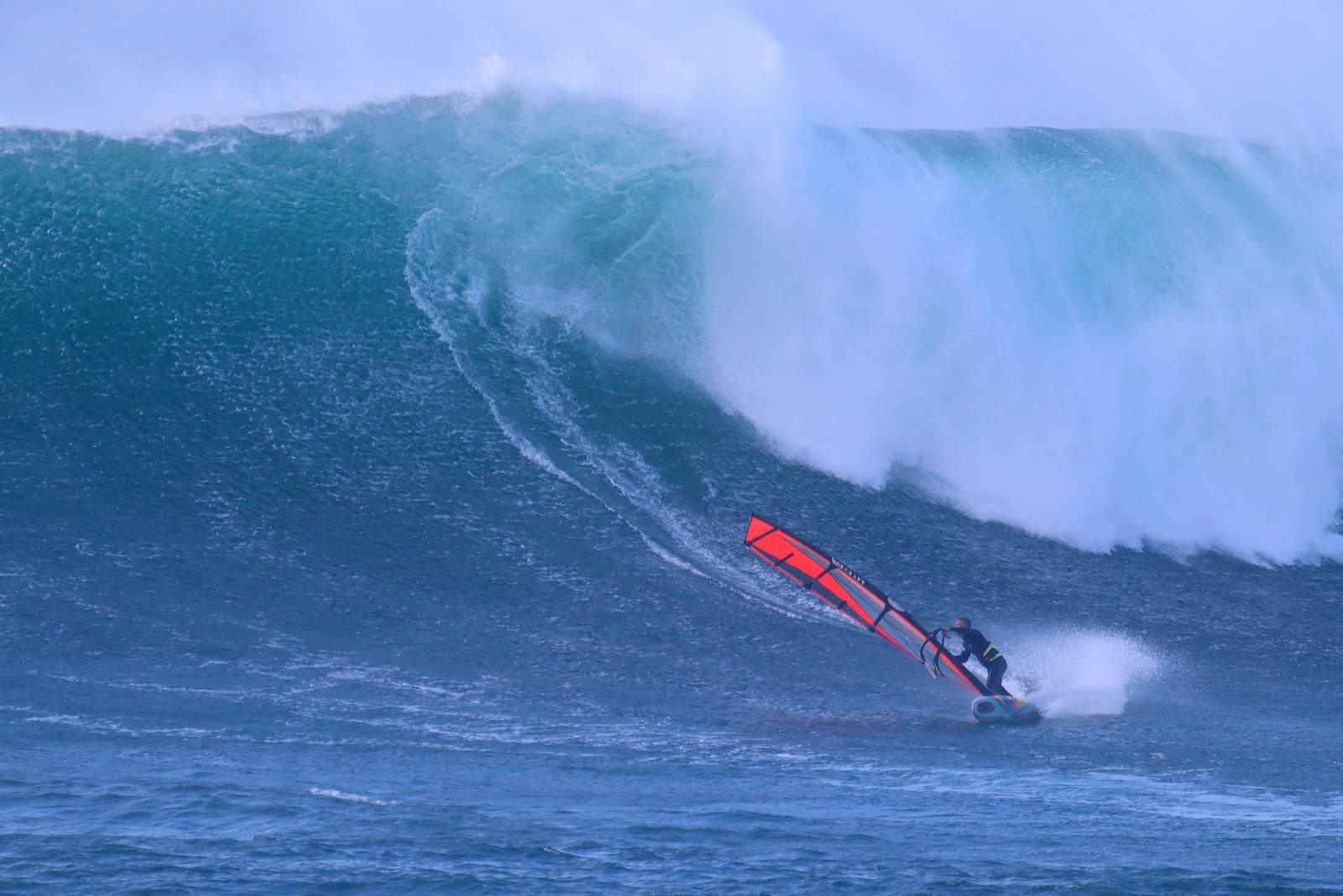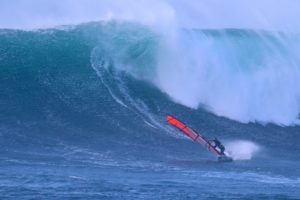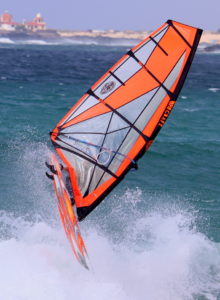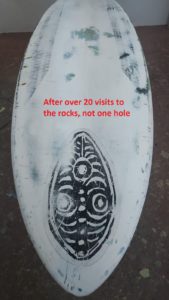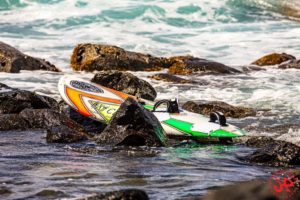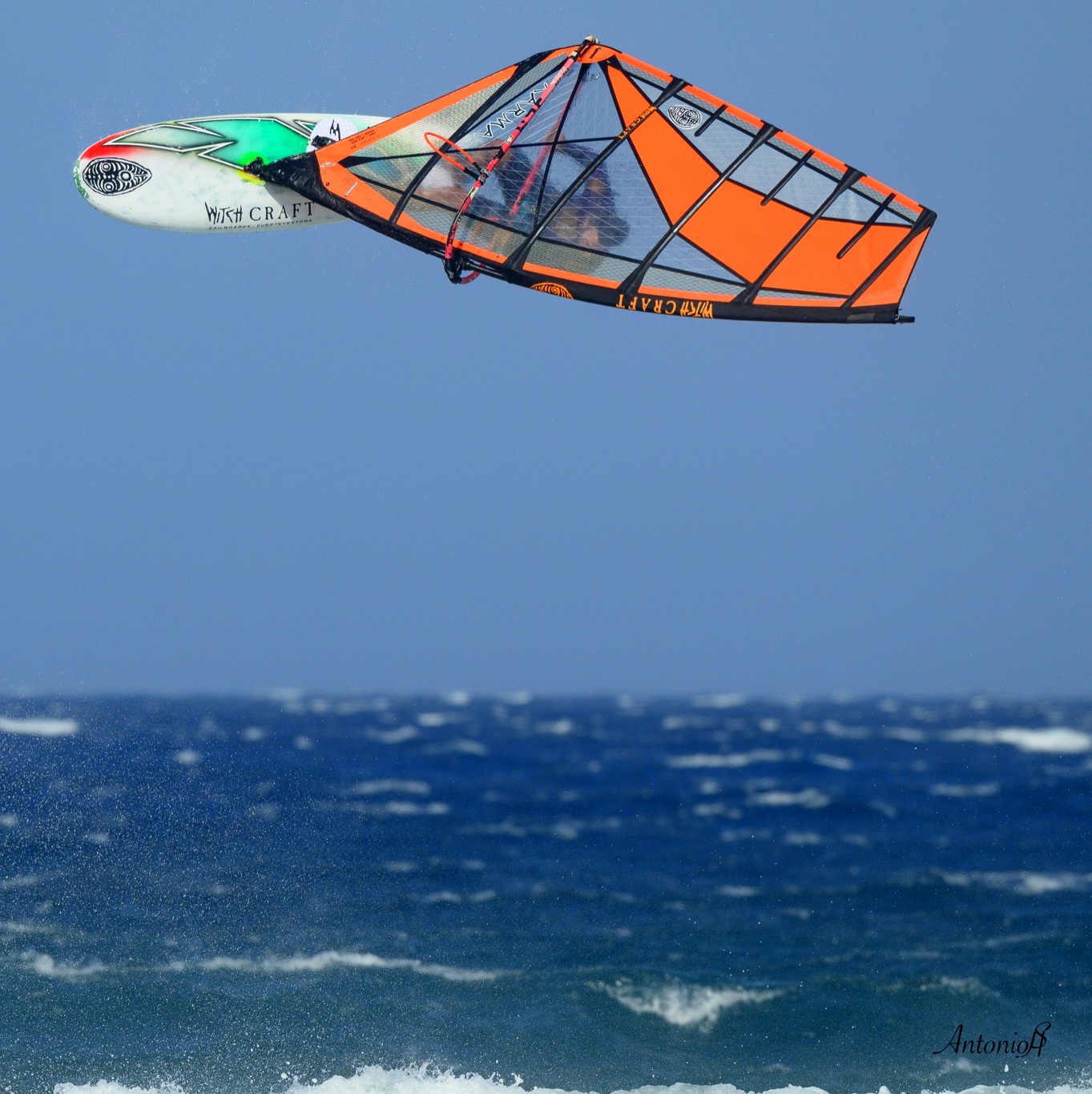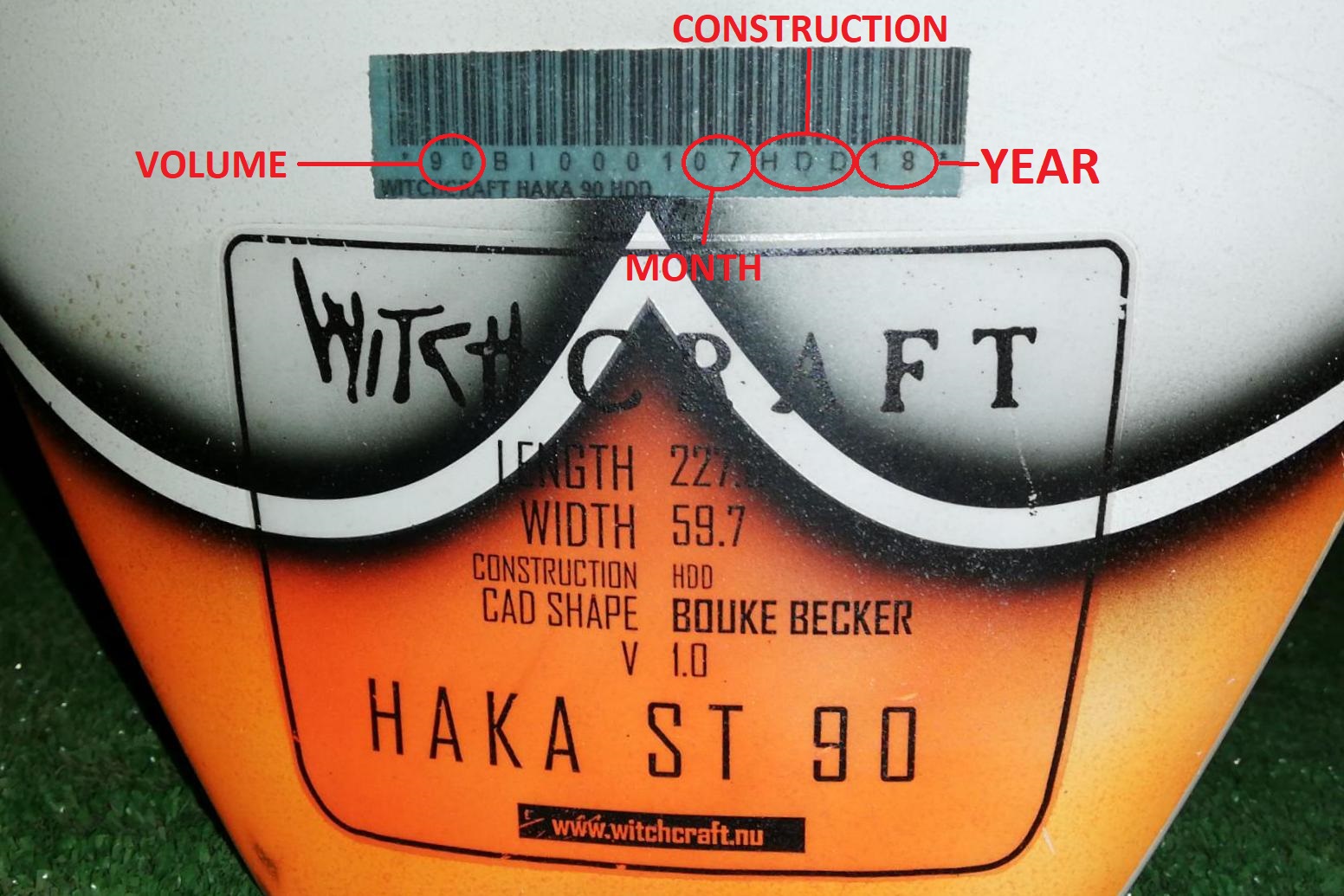What are the differences between the Witchcraft SDT, CBC and HDD constructions? The HDD lasts longer and is more impact resistant but CBC is lighter and SDT is cheaper, which can be tempting. So what makes sense when it comes down to invest your hard earned cash in a new board? Let´s have a look at the whole picture for different types of windsurfers.
Being an action sport, accidents will sooner or later happen plus over time fatigue can play a role. So, one important factor is how resistant and durable boards are. First of all there is the repair costs of a board at a repair shop. Say on average a repair of a ding costs 150€. The biggest factor that people tend to forget is time. And time is extremely valuable, which should be taken into account when there is damage. The whole process to get a board repaired takes a lot more than you think. I have presumed someone´s time is 10€/hour worth, some people may value their time (much) higher, others less. The communication plus driving or shipping to a good repair shop up and down AND to collect it again, will cost a good few hours in time.
One important factor is if you have a good repair shop close by or not but since there are not that many, let´s presume there is one at 50km distance. Meaning you will have to drive 200km to bring the board and pick it up. For some this may be a lot more. With all the costs of driving a car costs, insurance, loss of value, repairs, fuel, the total costs add up to around 0,50€/km.
Also a repair causes a loss of resale value of a board, which also needs to be taken into account.
Plus, because of the repair you will likely lose time on the water: Equipment usually does not break when there is no wind. You will likely miss time on the water when the damage occurred and you have to stop sailing. And during the repair time of say 3 weeks you may miss two more sessions. With a session of on average 2.5 hours lets presume you miss out on 6 hours of sailing, causing an additional damage of 120€ on average. This can become a lot worse when such a damage happens when you are on holiday. If you are lucky you may be able to rent a board but also that costs. Now you can say, I have a spare board, but also that costs, is usually not the ideal board, thus less fun to sail, you will need to store and transport it and may get damaged as well. Some may say that they can repair the board themselves. However this also takes time and the quality is usually less so the loss of value is higher.
What also matters is how the equipment is used and how frequent.
There are different types of windsurfers who will treat their equipment different. So let’s look at 3 different categories of our customers:
Sailor type 1 is the careful windsurfer. Mostly or always sailing flat water with maybe the occasional jump/chop hop. He will hardly have any accident/impact apart from the occasional catapult nor does the equipment suffer from fatigue much. Probably around 20% of our customers are in this group. From our experiences and feedback, this type of sailor will have 2 repairs on a CBC over a 6 year period and none on a HDD. The resale value of a CBC after 6 years will be 800€ and of an HDD 1000€.
Sailor type 2 is the average wave sailor. Sailing in waves but usually at beaches without rocks, jumping, maybe even some looping, wave riding. The equipment will get washed in wave and there will be some flat landings as well. Around 65% of our customers are in this group. This type of sailor may have 6 repairs on a CBC over a 6 year period. None on an HDD. An But a board will need a bit of an overhaul (new non slip, new pads) after 5 years. However an overhaul can be done in a period when there is no wind and maybe one drive to the repair shop can be combined with something else. A CBC will be worth 700€ after 3 years and 300 after 6 years. An HDD will be worth 1300 after 3 years and 800 after 6 years.
Sailor type 3 is the radical hard core wave sailors. Looking for more powerful waves to make aerials or jumping higher. He will prefer reef breaks with rocks. The equipment will get some severe impacts and suffer from heavy flat landings as well. Around 15% of our customers fit in this group. A CBC may need 20 repairs in 6 years but with the use of superglue will manage to only need to go to the repair shop 10 times and an HDD none. After 4 years, the HDD may need an overhaul. After 6 years the resale value of a CBC will be zero and of an HDD 600€.
See the spread sheet further below. I have presumed that all 3 types sail equally frequent, in reality this may vary but depends more on someone personal situation.
This is an extreme demonstration of the durability of an HDD that was used for 2.5 years at Jameos by Tim. Jameos is already quite a demanding spot but Tim likes more hollow clean waves and prefers to sail at El Cartel around the corner of Jameos where the cleaner more powerful wave breaks closer to the rocks. He said the board must have been washed on the rocks over 20 times. There are over 100 paint chips and dents but not one single hole. Now we can heat the dents out and repaint it and it will be like new and has many more years of sailing fun in it. Even when a CBC board is still somewhat more impact resistant than most boards, it would not have survived such treatment.
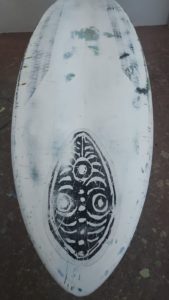
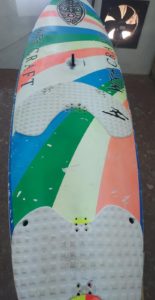
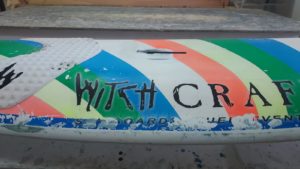
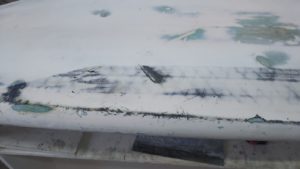
Another extreme case is our team rider Nestor in Pozo. His HDD board lasted 6 years, with on average 120 session per year and 20 jumps (back loops, push loops, forwards) per session makes around 14.000 jumps. A CBC board lasted 2 years with him. Being used to Pozo, his boards hardly get any impacts from the stones but any one who has sailed there knows it is not easy to get into the water over the slippery round stones which are rolling around in the surf combined with gales force winds and it is easy to slip and ding your board.
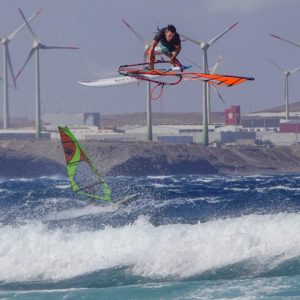
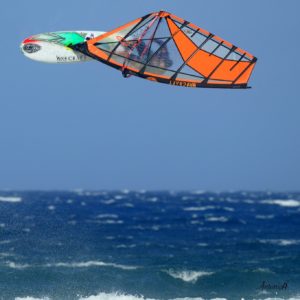
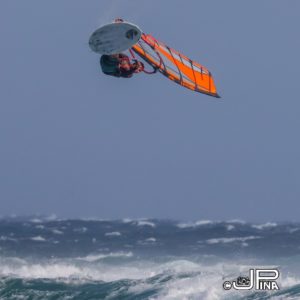
Have a look at the total break down of the costs in this spread sheet:
Board cost spread sheet
| Board Use cost table | Board | Average amount of repairs in 6 years | Average repair costs | Total costs Repair shop | Average distance to repair shop x 4 in km | total km | costs per km | time to repair shop | Time on water lost | hourly rate | total costs of repairs |
| Sailor type 1 | Witchcraft SDT | 1.5 | 150 € | 225 € | 50 | 300 | 0.50 € | 5 | 6 | 10 € | 485 € |
| Witchcraft CBC | 1.5 | 150 € | 225 € | 50 | 300 | 0.50 € | 5 | 6 | 10 € | 485 € |
| Witchcraft HDD | 0.5 | 150 € | 75 € | 50 | 100 | 0.50 € | 0 | 0 | 10 € | 125 € |
| | | | | | | | | | | |
| Sailor type 2 | Witchcraft SDT | 3 | 150 € | 450 € | 50 | 600 | 0.50 € | 15 | 18 | 10 € | 1,080 € |
| Witchcraft CBC | 3 | 150 € | 450 € | 50 | 600 | 0.50 € | 15 | 18 | 10 € | 1,080 € |
| Witchcraft HDD | 1 | 150 € | 150 € | 50 | 200 | 0.50 € | 2.5 | 0 | 10 € | 275 € |
| | | | | | | | | | | |
| Sailor type 3 | Witchcraft SDT | 6 | 150 € | 900 € | 50 | 1200 | 0.50 € | 50 | 60 | 10 € | 2,600 € |
| Witchcraft CBC | 6 | 150 € | 900 € | 50 | 1200 | 0.50 € | 50 | 60 | 10 € | 2,600 € |
| Witchcraft HDD | 1.5 | 150 € | 225 € | 50 | 300 | 0.50 € | 2.5 | 0 | 10 € | 400 € |
| | | | | | | | | | | |
| | New value plus delivery +/- | Resale value after 6 years | Loss of value | total costs | costs per year | | | | |
| Sailor type 1 | Witchcraft SDT | 2,600 € | 500 € | 2,100 € | 2,585 € | 431 € | | | | | |
| Witchcraft CBC | 3,000 € | 800 € | 2,200 € | 2,685 € | 448 € | | | | | |
| Witchcraft HDD | 3,000 € | 1,000 € | 2,000 € | 2,125 € | 354 € | | | | | |
| | | | | | | | | | | |
| Sailor type 2 | Witchcraft SDT | 2,600 € | 200 € | 2,400 € | 3,480 € | 580 € | | | | | |
| Witchcraft CBC | 3,000 € | 300 € | 2,700 € | 3,780 € | 630 € | | | | | |
| Witchcraft HDD | 3,000 € | 800 € | 2,200 € | 2,475 € | 413 € | | | | | |
| | | | | | | | | | | |
| Sailor type 3 | Witchcraft SDT | 2,600 € | 0 € | 2,600 € | 5,200 € | 867 € | | | | | |
| Witchcraft CBC | 3,000 € | 0 € | 3,000 € | 5,600 € | 933 € | | | | | |
| Witchcraft HDD | 3,000 € | 600 € | 2,400 € | 2,800 € | 467 € | | | | | |
| | | | | | | | | | | |
As for the difference in weight, CBC is a bit lighter and thus a bit more more fun to sail. To our experience however, the difference is just a feel and not measurable in any way in early planing or better turning. On the other hand, having to be more careful on the water can also reduce your fun on the water. So even if there is a temptation to chose the CBC for it´s lower price and lighter weight, it does not offer the best FOI (Fun On Investment) ratio.
Plus, even if “protecting the environment” is misused for other political goals these days, I think it is clear it is also beneficial for our planet to reduce the amount of waste we produce, not just our own wallet.
Anyone can also do such a calculation for their own personal circumstances and equipment and see what comes out.
